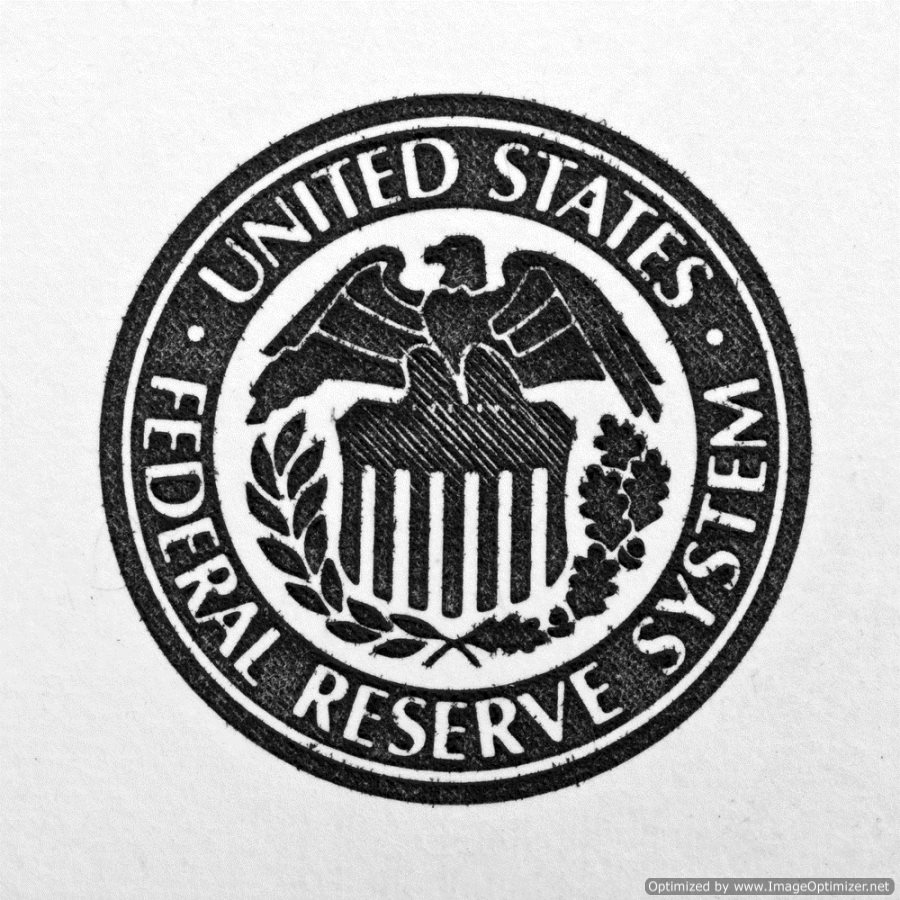
What is the Federal Reserve Act?
• The Federal Reserve Act is an Act of Congress that ultimately created and established the Federal Reserve Banking System of the United States. Through this act—which was written by Carter Glass—the United States government formally created a banking institution that acted as the nation’s central banking system. As a result of this classification, the Federal Reserve was given the authority to issue Federal notes (or currency i.e. the Dollar) and Federal Reserve Bank Notes as legal tender. When completed, the Federal Reserve Act was officially signed into law by then President Woodrow Wilson.
Background of the Federal Reserve Act
• For almost a century, the United States operated without a formalized central banking system. After a number of financial calamities, a group of Americans persuaded political leaders to begin talks regarding a banking and currency reform. The intention of the group was to provide protection against financial panics; the American people wanted a reserve of liquid assets in times of crisis. Furthermore, the public wanted reform to allow for currency and the credit market to expand and contract with the United States’ economy.
• In response to this growing sentiment, law makers and politicians proposed the Aldrich Plan—legislation that called for the establishment of a National Reserve with 15 regional branches and 46 directors from the banking industry. The Reserve Association would make emergency loans to member banks, print money and act as a fiscal agent to the federal government. This plan; however, failed because it in essence, gave full control of the banking system to private bankers.
• During the election of 1912 the desire to establish a central banking system vaulted into the pantheon of the time’s contested political issues. President Woodrow Wilson and a number of prominent politicians established a new proposal, which focused on a public entity, the Federal Reserve Board, while establishing autonomy for the regional banking systems. In this plan, Wilson membership to the central bank, on part of the chartered banks, was mandatory.
• After months of debate and votes, the House on December 22 of 1913 agreed to pass the Federal Reserve Act.
Specifics Associated with the Federal Reserve Act
• The Federal Reserve Act called for the creation of a banking system that contained both public and private entities. The Federal Reserve act established 12, private regional Federal Reserve Banks, each with its own branches, district boundaries and board of directors. The system itself, is headed by a seven member Federal Reserve Board made up of public officials who must be appointed by the President and subsequently confirmed by the senate. Additionally, the Federal Reserve act also created a 12 member Federal Advisory Committee and a single united States currency—the Federal Reserve Note.
Guide to the Federal Reserve Act
The Federal Reserve Act is one of the most important pieces of legislation in the history of American finance. It created the Federal Reserve System, the central banking system of the United States, and has had a significant impact on the country’s economy since it was passed in 1913. This guide will provide an overview of the Federal Reserve Act and its key provisions.
History
In the early 20th century, there was a growing concern about the instability of the U.S. financial system. The country had experienced several severe financial panics and banking crises in the previous century, and many believed that a central banking system was needed to ensure stability and prevent future crises. The Federal Reserve Act was passed in 1913 in response to these concerns.
Key Provisions
Here are some of the key provisions of the Federal Reserve Act:
1. Creation of the Federal Reserve System – The act created the Federal Reserve System, which consists of the Board of Governors in Washington, D.C. and 12 regional banks located across the country.
2. Monetary Policy Authority – The Federal Reserve System was given the authority to conduct monetary policy by controlling the money supply and setting interest rates.
3. Discount Window – The act established the discount window, which allows banks and other financial institutions to borrow money from the Fed in times of need.
4. Supervision and Regulation – The Fed was given the authority to supervise and regulate banks and other financial institutions to prevent future crises.
5. Clearing and Settlement – The Fed was given the responsibility of providing payment services to banks and other financial institutions.
Impact
The Federal Reserve Act has had a significant impact on the U.S. economy since its passage. It has helped to stabilize the financial system and prevent future crises. It has also given the Fed the tools necessary to manage the money supply and promote economic growth.
Criticism
Despite its many successes, the Federal Reserve Act has also faced criticism. Some believe that the Fed’s actions have contributed to inflation and economic inequality. Others believe that the Fed’s regulatory authority is too broad and can stifle economic growth.
Conclusion
The Federal Reserve Act is an important piece of legislation that has had a significant impact on the U.S. economy. Its key provisions include the creation of the Federal Reserve System, monetary policy authority, the discount window, supervision and regulation of banks, and clearing and settlement services. While it has faced criticism, it is widely viewed as a critical tool for promoting financial stability and economic growth in the United States.





























